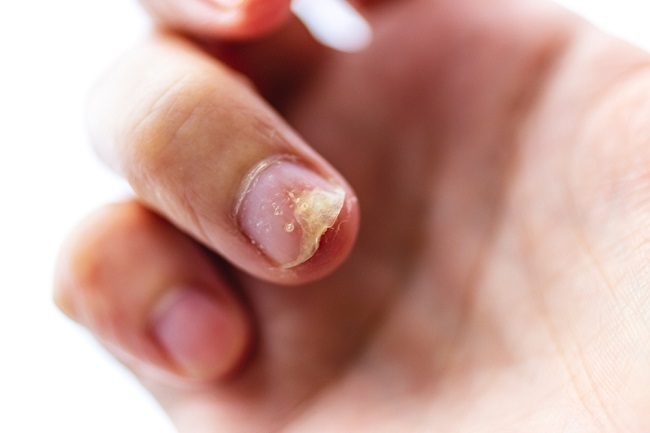5 Causes of Broken Nails and How to Treat It
There are various things that can cause damaged nails, ranging from injuries, infections, to certain medical conditions. Although some cases of damaged nails are generally harmless, this condition must still be treated appropriately to prevent complications that may occur, such as loose nails to cellulitis.
Broken nails is a nail problem characterized by changes in the color, shape, texture, or thickness of the nails, both in the fingernails and toenails. This condition can be treated in various ways, depending on the cause of your damaged nails.
Various Causes of Broken Nails
Here are some conditions or diseases that can cause damaged nails:
1. Injury
Injury is a common cause of broken nails. This condition can be triggered by various things, from the habit of biting your nails (onychopagia) to pinching your nails, being hit by heavy objects, or being injured by sharp objects.
Injury damaged nails can be treated in various ways, depending on your symptoms and the severity of the injury. Compressing the nail, lifting the nail, and sewing the nail bed are ways that can be done to treat this damaged nail.
2. Infection
Broken nails can also occur due to infections, especially nail fungus infections, also known as onchomycosis. The main symptoms of a nail fungus infection are:- Nails smell bad
- Nails become more brittle or thicken
- Nail separated from finger skin
- Nails turn white, yellow, brown, or black
In addition, broken nails can also be caused by Staphylococcus and Streptococcus bacterial infections which are common in patients with acute paronychia.
3. Malnutrition
Nutrition deficiency can also be the cause of damaged nails which are marked by the appearance of Beau lines. This condition can be recognized by the presence of a deep horizontal indentation in the nail In addition, nutritional deficiencies can also make the shape of the nails resemble a spoon (koilonychia). This condition is characterized by a change in the shape of the nail surface that curves outward. Spoon-like broken nails can also occur due to iron deficiency anemia or vitamin B deficiency
4. Autoimmune disease
The next cause of damaged nails is suffering from autoimmune diseases, such as psoriasis. The condition of damaged nails that often appears in people with psoriasis is nail pitting, which is a small indentation or hole on the surface of the nail. This indentation appears shallower than the Beau line.5. Lung disease
Lung disease, such as lung cancer, is a common cause of damaged nails known as nail clubbing (nail clubbing). This condition can be characterized by swelling of the fingertips like a clubbing that makes the nails convex
Besides being caused by lung cancer, clubbing can also occur due to low oxygen levels in the blood and several other medical conditions, such as colitis, celiac disease, or cirrhosis.
How to Treat Damaged Nails
As previously mentioned, treatment for damaged nails may vary depending on the underlying cause. In the case of damaged nails due to minor injuries, you can perform self-care at home.
However, if the damaged nail does not show improvement with self-management, or if the damaged nail is caused by a certain medical condition, you should consult a dermatologist for the appropriate treatment.
Some of the treatments that may be recommended by your doctor to treat the cause of damaged nails are:
- Oral or topical antifungal medication to treat damaged nails from fungal infections
- Oral or topical antibiotics to treat damaged nails due to bacterial infection
- Topical corticosteroids, cream or nail polish, to treat psoriasis-damaged nails
- Blood-boosting supplements to treat damaged nails due to iron deficiency anemia
- Cut your nails with nail clippers
- Don't bite your nails
- Always wash your hands with running water and soap to reduce the risk of fungal and bacterial infections that cause nail damage
If you experience problems with damaged nails, either marked by changes in color, shape, texture, or thickness of the nails, you should consult with your doctor for an examination and treatment that is appropriate to the cause of your damaged nails.
Label : Health
Comments
Post a Comment